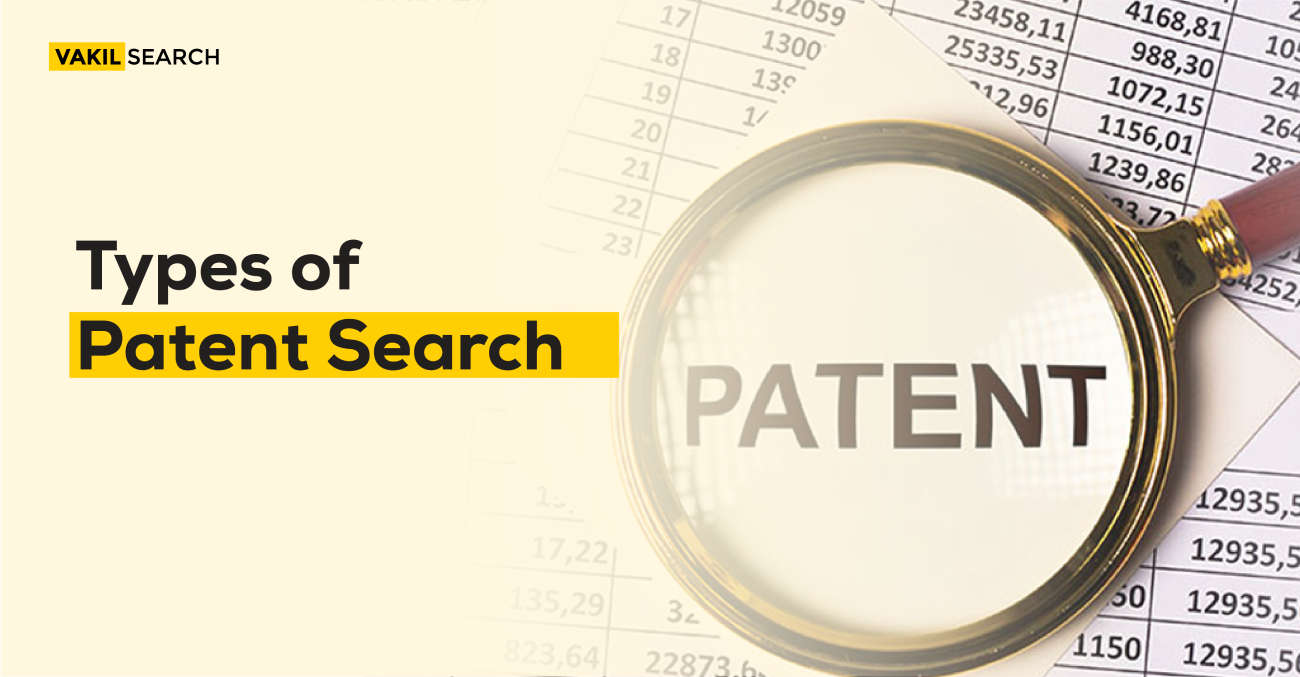Understanding the various types of patent searches is crucial for inventors and businesses. This guide covers the key types, such as novelty searches, prior art searches, and freedom-to-operate searches, explaining their purpose in assessing patentability, avoiding infringement, and ensuring strategic decisions in the patent application process.
A patent search is a systematic examination of patents and published work to ascertain whether an invention is new and patentable. It is a crucial element of intellectual property protection since it helps prevent inventors and corporations from taking a chance on infringement and legal disputes. A novelty search, one of the types of patent search, is essential among the primary categories since it ensures an idea is new before the filing of a patent application. By identifying prior art and current claims, patent searches help inventors refine their inventions, make applications more robust, and confidently navigate the patent process.
Importance of Conducting Patent Searches
Conducting a patent search is vital in avoiding legal breaches and avoiding costly disputes. Through the discovery of prior patents, inventors and companies are able to avoid patent infringement, reducing the possibility of legal conflicts. A thorough search makes patent application easier, increasing the chances of approval by verifying the invention is actually novel. Carrying out patent searches is crucial in determining patentability, preventing infringement, and making strategic decisions in an informed manner, which saves time and money. Patent searches are critical due to the following reasons:
- Determining Patentability and Novelty:
A patent search determines whether an invention is new and surprising, which are paramount for patentability. It determines similar patents (prior art) to enhance the invention and enhance the chances of being patented.
- Preventing Infringement:
Patent searching assists in the discovery of patents that are likely to be infringed by new products, saving companies from expensive court battles. It allows inventors to modify designs and applications to sidestep legal confrontations.
- Strategic Decision-Making:
Patent searching provides information about trends in business, competition, and unrealised innovation potential. It aids companies in deciding whether to seek patent protection, work on improving inventions, or explore other options.
- Improving Patent Applications:
Thorough searches uncover relevant prior art, and patent attorneys then write better, more precise applications compliant with patents.
- Tracking Competitors and Creating Opportunities:
Patent searches keep a lookout for competitors’ IP activity, uncovering emerging trends and business opportunities. It also locates lapsed patents, providing opportunities for fresh innovation or collaboration.
Types of Patent Search
The table below provides an overview of different types of patent searches, their purpose, and key insights:
|
Type of Patent Search |
Purpose |
Key Insights |
| Patentability/Novelty Search | Determines if an invention meets patent criteria by identifying prior art. | Ensures invention eligibility, helps with patent filing preparation, and improves chances of patent approval. |
| Freedom to Operate (FTO) Search | Assesses if a product or process can be launched without infringing existing patents. | Identifies infringement risks, ensures patent clearance, and minimises commercialisation risks. |
| State-of-the-Art Search | Analyzes the current technology trends and innovations in a specific industry. | Helps with innovation research, setting industry standards, and guiding R&D investments. |
| Validity/Invalidity Search | Verifies the enforceability of patents for disputes, oppositions, or licensing. | Supports patent litigation, assists in patent challenges, and strengthens patent protection strategies. |
| Evidence of Use (EoU) Search | Identifies unauthorised use of a patented invention. | Essential for patent enforcement, proving patent infringement, and supporting legal claims. |
| Technology Landscape Analysis | Provides insights into patent trends, competitor activities, and R&D strategies. | Helps with competitive intelligence, innovation analysis, and strategic business planning. |
Conclusion
It is essential to know about the various types of patent searches—such as novelty, freedom to operate, validity, and landscape searches—so that your innovation can be secured and sound business decisions are made. They serve a unique purpose, varying from checking whether your concept can be patented or not to not infringe patents of others. Vakilsearch comes in at that point. Our professional experts provide secure, complete patent search solutions tailored to your needs, keeping you away from legal traps and making your IP strategy easy. Whether you are a startup or an established company, Vakilsearch ensures your idea is backed by quality research and professional experience. Protect your ideas with security—choose Vakilsearch.
FAQs About Patent Searches
What is the function of a patent search?
To confirm that an invention is novel and does not encroach on the grounds of existing patents prior to filing or placing a product on the market.
How long does a patent search take?
Professional searches take 2–3 weeks, while searches performed on one's own depend upon complexity.
Are patent searches obligatory in advance of filing a patent?
Not legally mandatory, but highly suggested to enhance filing success and reduce legal hazards.
How much does a professional patent search cost?
A professional patent search in India, typically advised prior to filing a patent application, typically ranges from ₹10,000 to ₹30,000.
May I do a patent search myself?
Yes, by utilising free resources such as USPTO, WIPO, and Google Patents, although professional searches provide higher accuracy.
How do I identify the appropriate type of patent search?
Your objective determines the type of search—novelty searches for filing patents, FTO searches for business development.
What are the most effective tools or databases for patent searches?
Popular platforms are USPTO, WIPO PATENTSCOPE, Google Patents, and EPO Espacenet.




